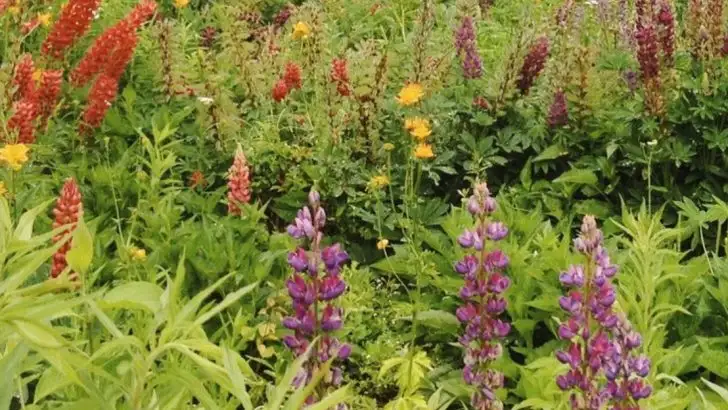In a world obsessed with perfectly trimmed lawns and symmetrical flower beds, the idea of letting your garden grow wild might seem radical. But more and more gardeners are discovering the benefits of a strategic rewilding approach—a method that embraces nature’s rhythms while still maintaining purpose and beauty.
By allowing parts of your garden to grow freely, you create a haven for pollinators, birds, and beneficial insects, improve soil health, and reduce the need for chemicals and constant maintenance. It’s not about neglect—it’s about working with nature, not against it.
This article explores why a carefully unkept garden may be the most vibrant, resilient, and eco-friendly space you can cultivate. Sometimes, the best thing you can do for your garden is to simply step back—and let it flourish on its own terms.
Embrace Native Plants
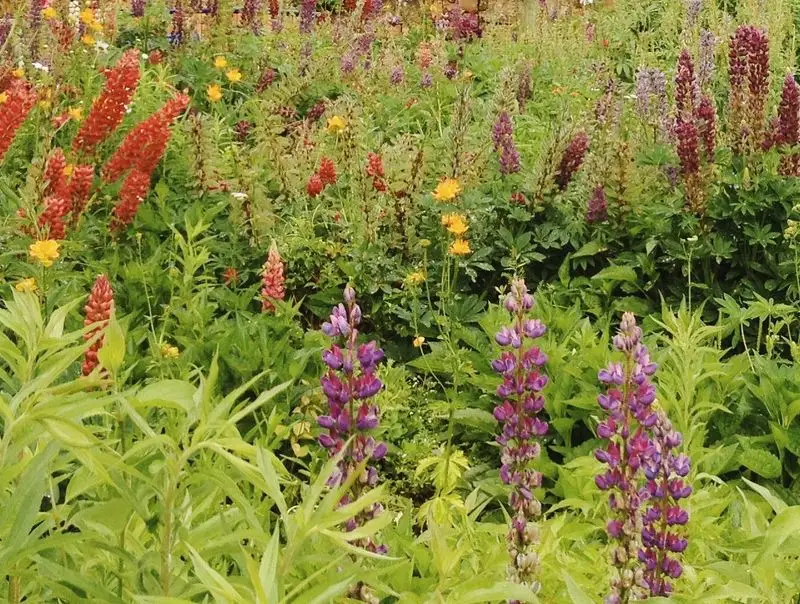
Start with what’s native. Native plants are adapted to the local climate and soil, making them the perfect candidates for a hands-off approach. These plants require less water and care since they’re already in their element. They attract native pollinators, boosting biodiversity right in your backyard.
With a rich tapestry of colors and shapes, native gardens are anything but boring. Imagine the surprise of discovering a new flower blooming that you didn’t plant, a gift from the wind or birds. Native gardening is a dance with nature, where you set the stage and let the performers shine.
Create a Mini Meadow
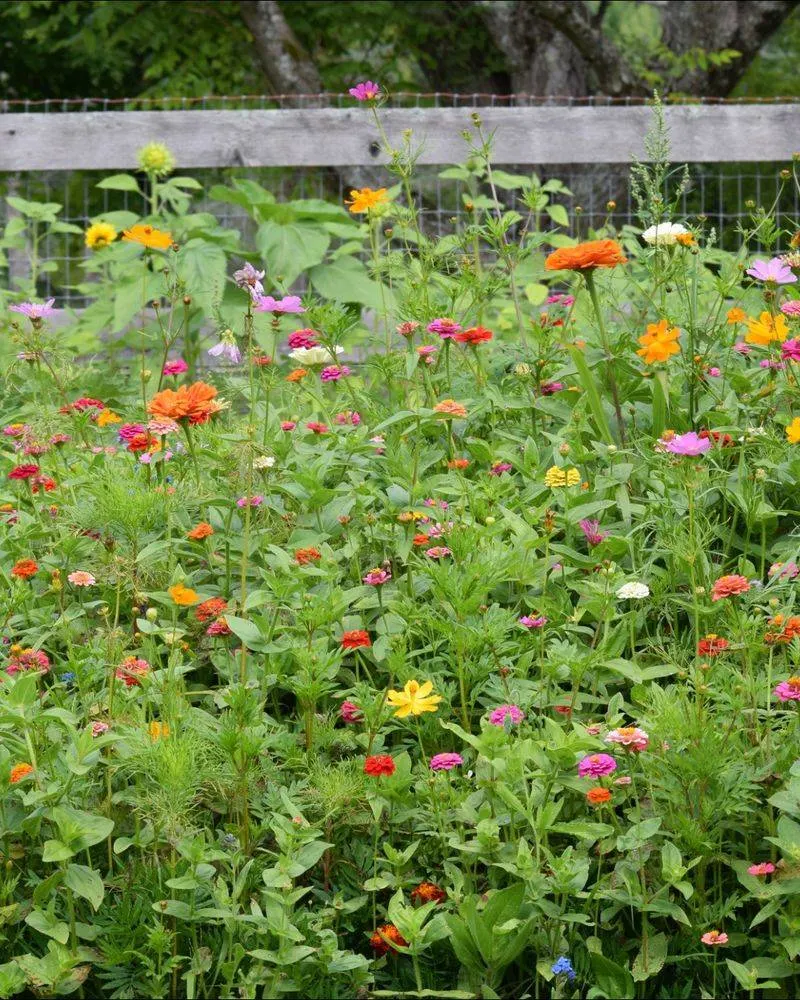
Think small but impactful. A mini meadow can transform a dull corner into a buzzing hub of life. Let grasses grow tall, interspersed with wildflowers, creating a scene reminiscent of idyllic countryside vistas. This patch not only adds visual interest but also provides a haven for insects and small creatures.
Watch as butterflies dance and bees become frequent visitors, drawn by the natural bounty. Meadows require minimal mowing and maintenance, allowing you more time to enjoy your garden’s beauty.
Did you know? Meadows help improve soil health by promoting a diverse ecosystem underground.
Install a Wildlife Pond
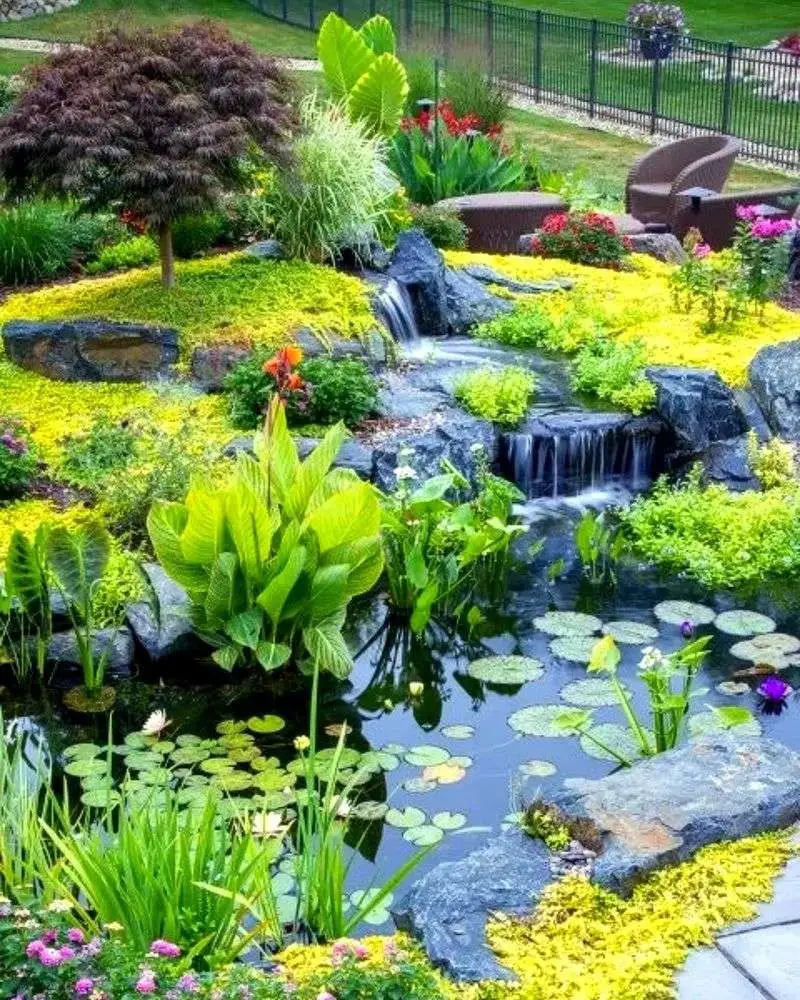
Add a splash of magic with water. Even a small pond can create a thriving ecosystem, attracting frogs, dragonflies, and birds. The gentle sound of water adds tranquility to your garden, turning it into a peaceful retreat. Ponds support biodiversity by providing habitats and breeding grounds for various species.
A strategically placed pond mirrors the natural world, encouraging a balance in your garden’s ecosystem. Watch as local wildlife make it their home and notice the increased vitality around you. Historically, ponds have been vital in landscapes, offering utility and beauty in equal measure.
Encourage Beneficial Insects
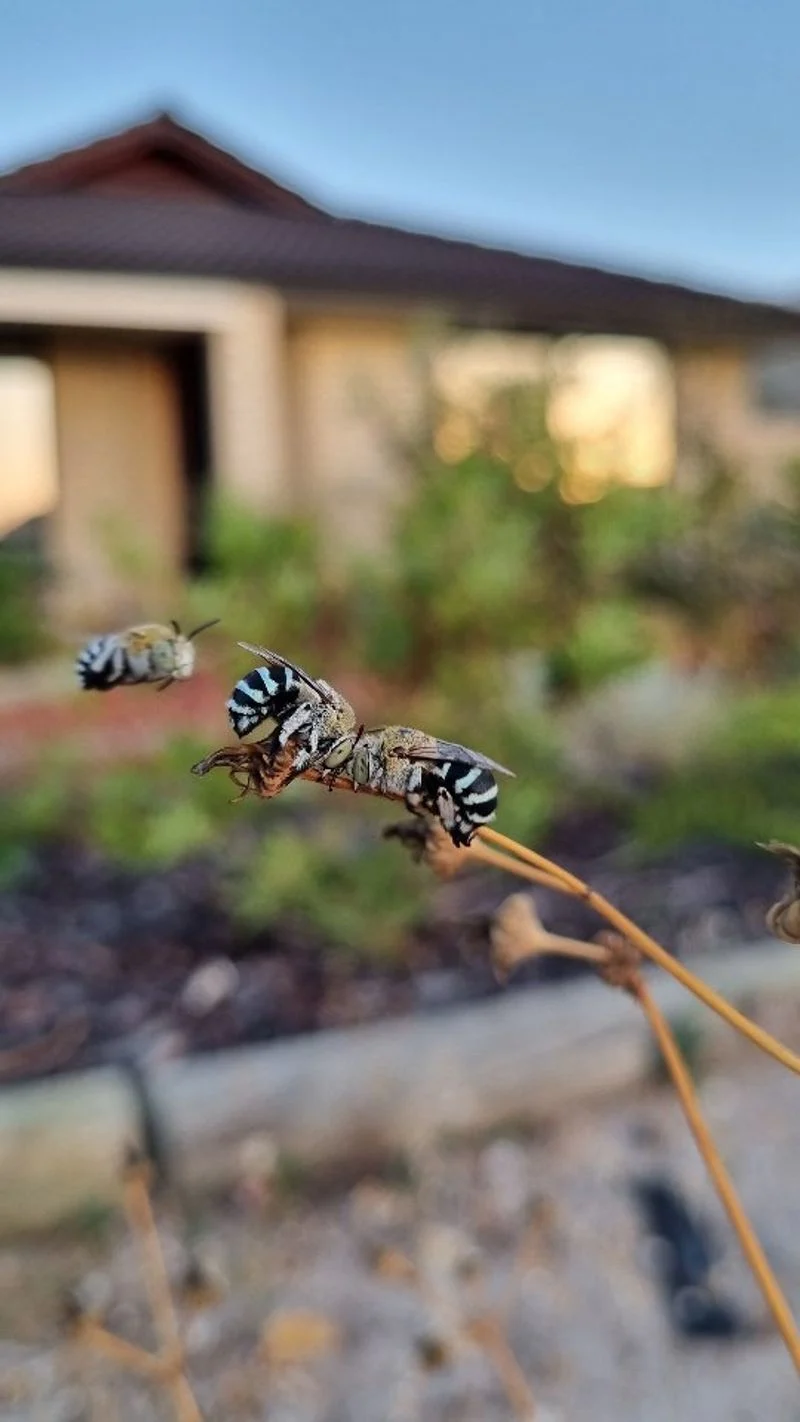
Rethink your insect allies. Not all bugs are pests; many are crucial for maintaining a garden’s health. Ladybugs, lacewings, and bees play their roles in controlling unwanted pests and pollinating plants. By allowing beneficial insects to thrive, you reduce the need for chemical interventions.
Create insect-friendly spaces with a variety of plants, including herbs and flowers that attract these garden helpers. Providing water sources and shelter can also make your garden an insect haven. Fun fact: Ladybugs are voracious aphid eaters, making them a natural pest control team.
Let Trees and Shrubs Take the Lead
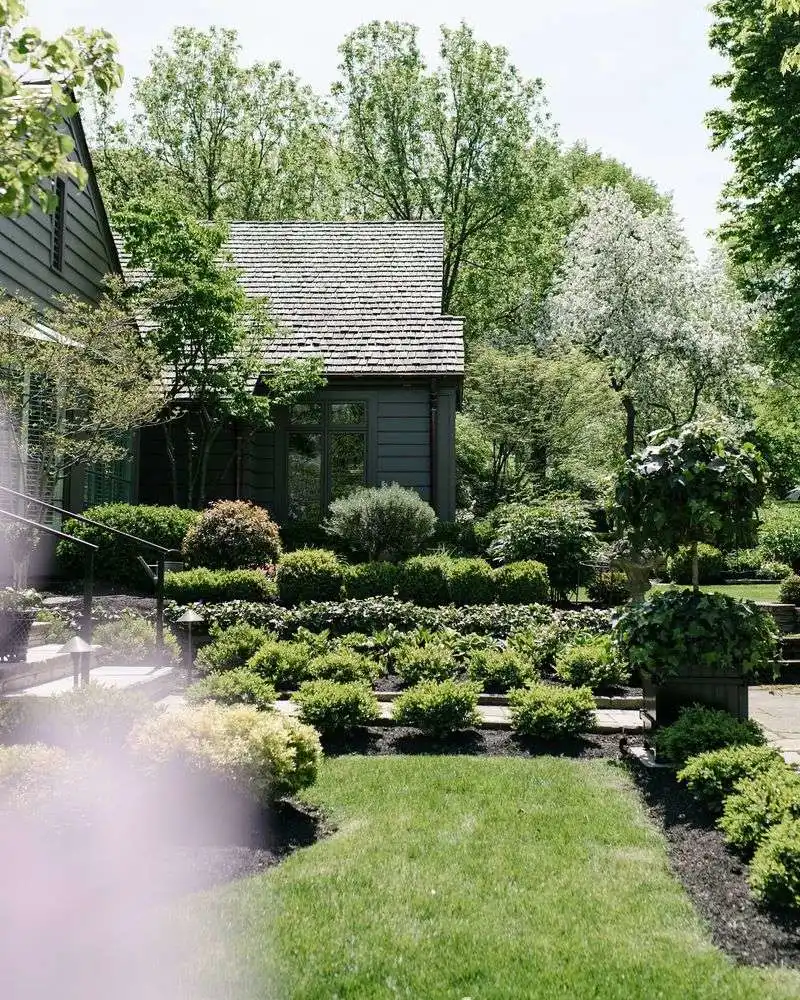
Think vertical with trees and shrubs. They offer structure and height, creating layers in your garden that encourage diverse habitats. Native varieties are particularly beneficial, supporting local wildlife and thriving with minimal care.
Shrubs provide shelter for birds and small mammals, while trees offer perch spots and nesting areas. The interplay of light and shadow from leafy canopies creates microhabitats below. This vertical diversity fosters a more resilient garden ecosystem. Did you know? Trees are natural air purifiers, absorbing pollutants and releasing oxygen.

